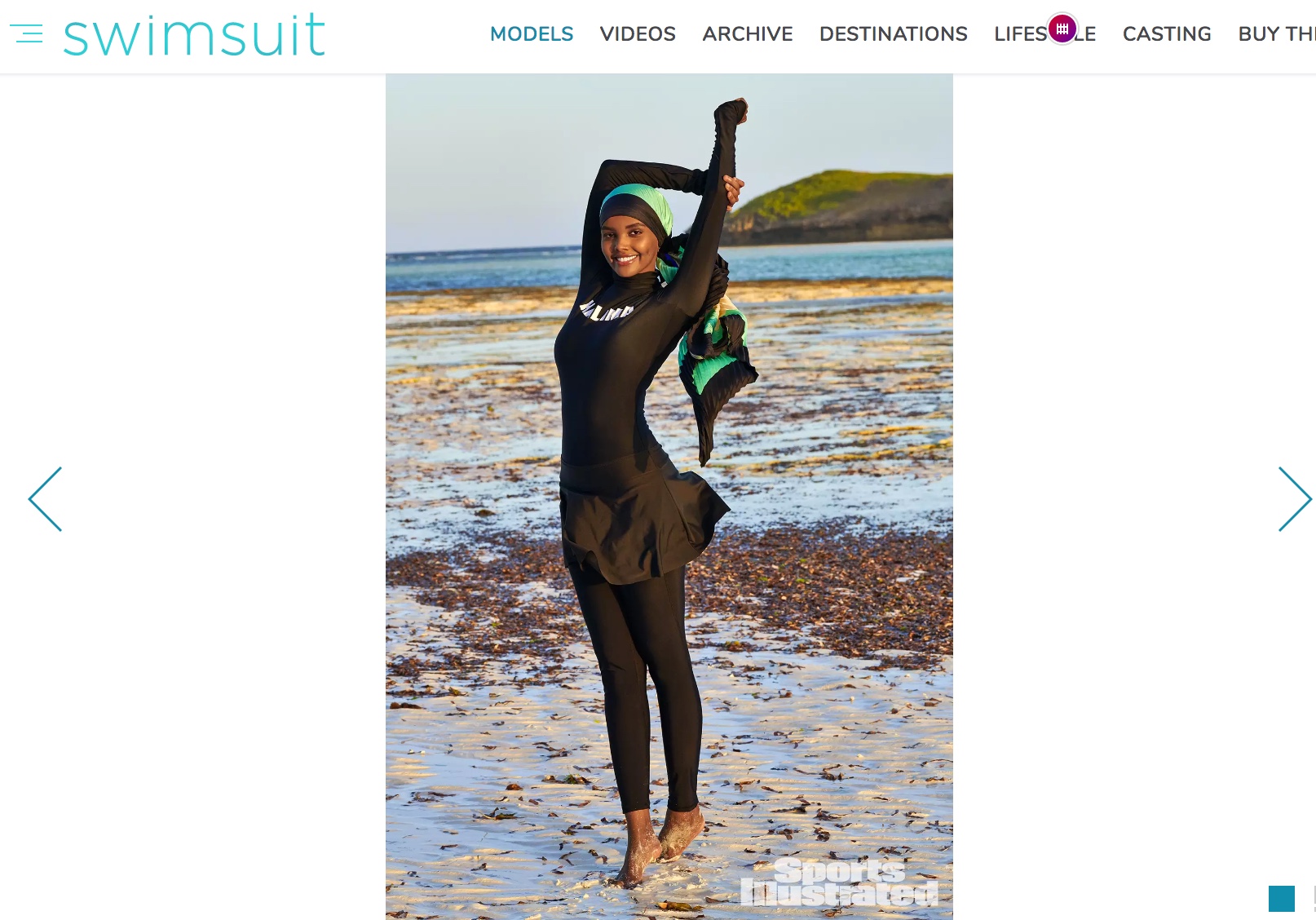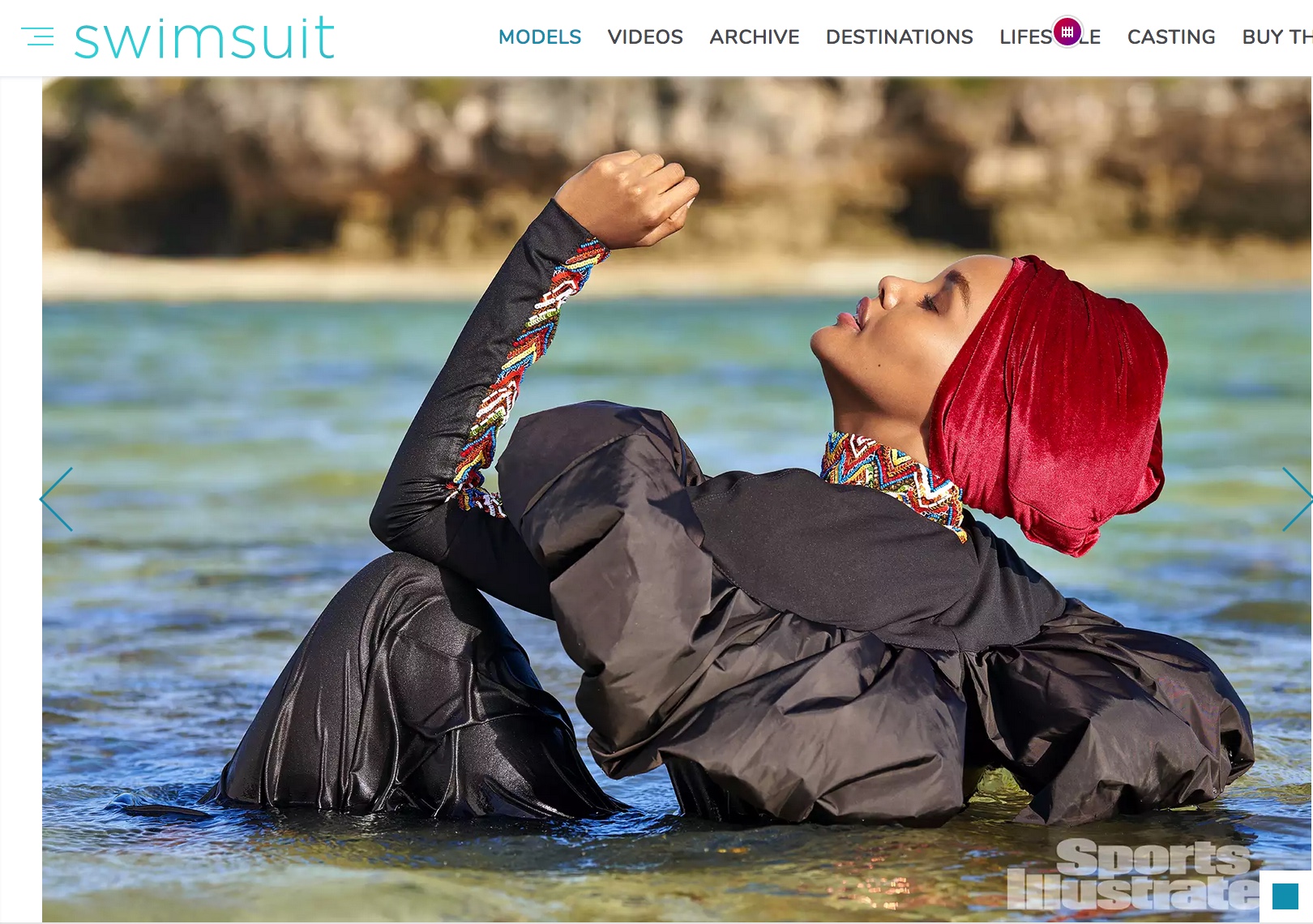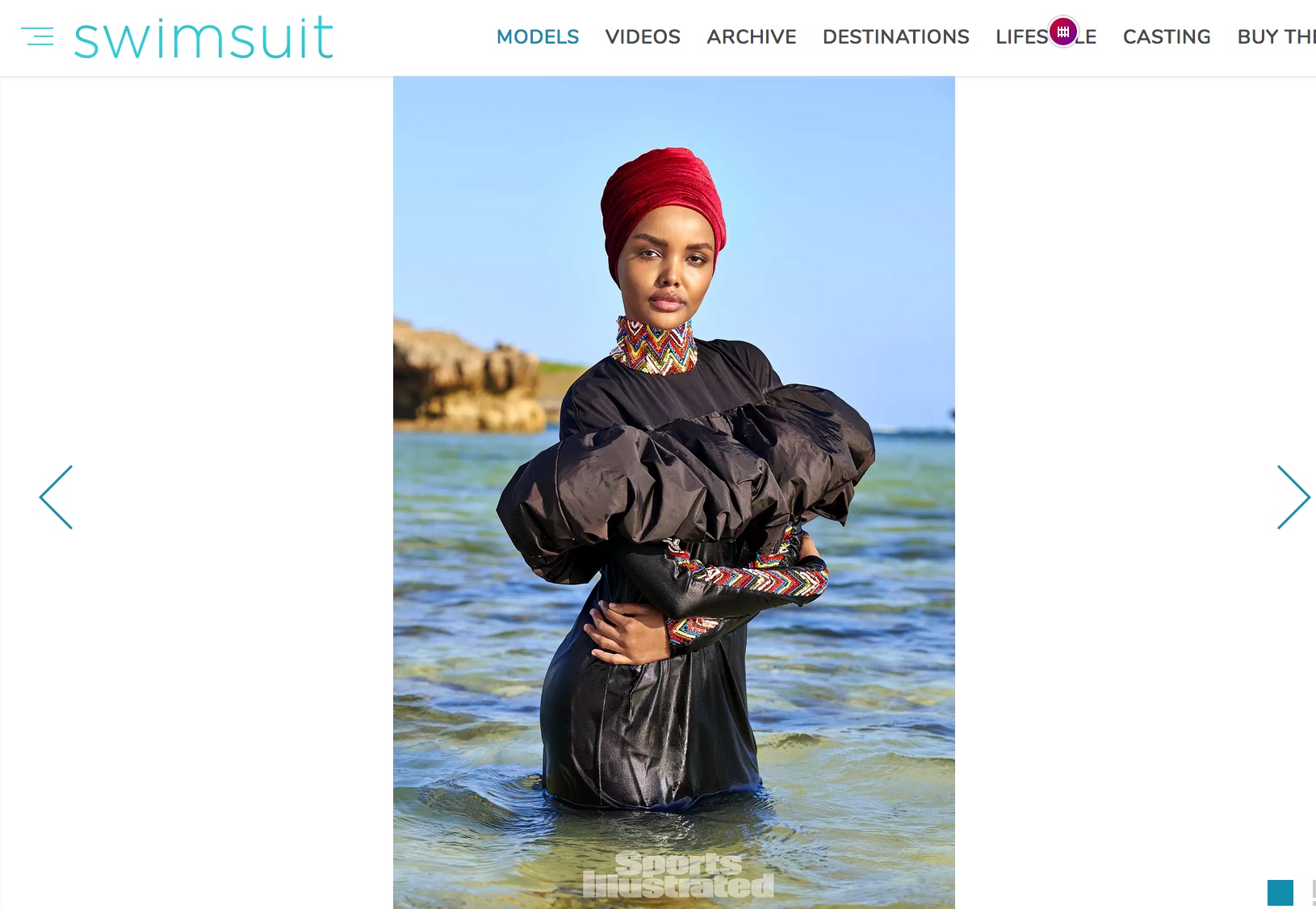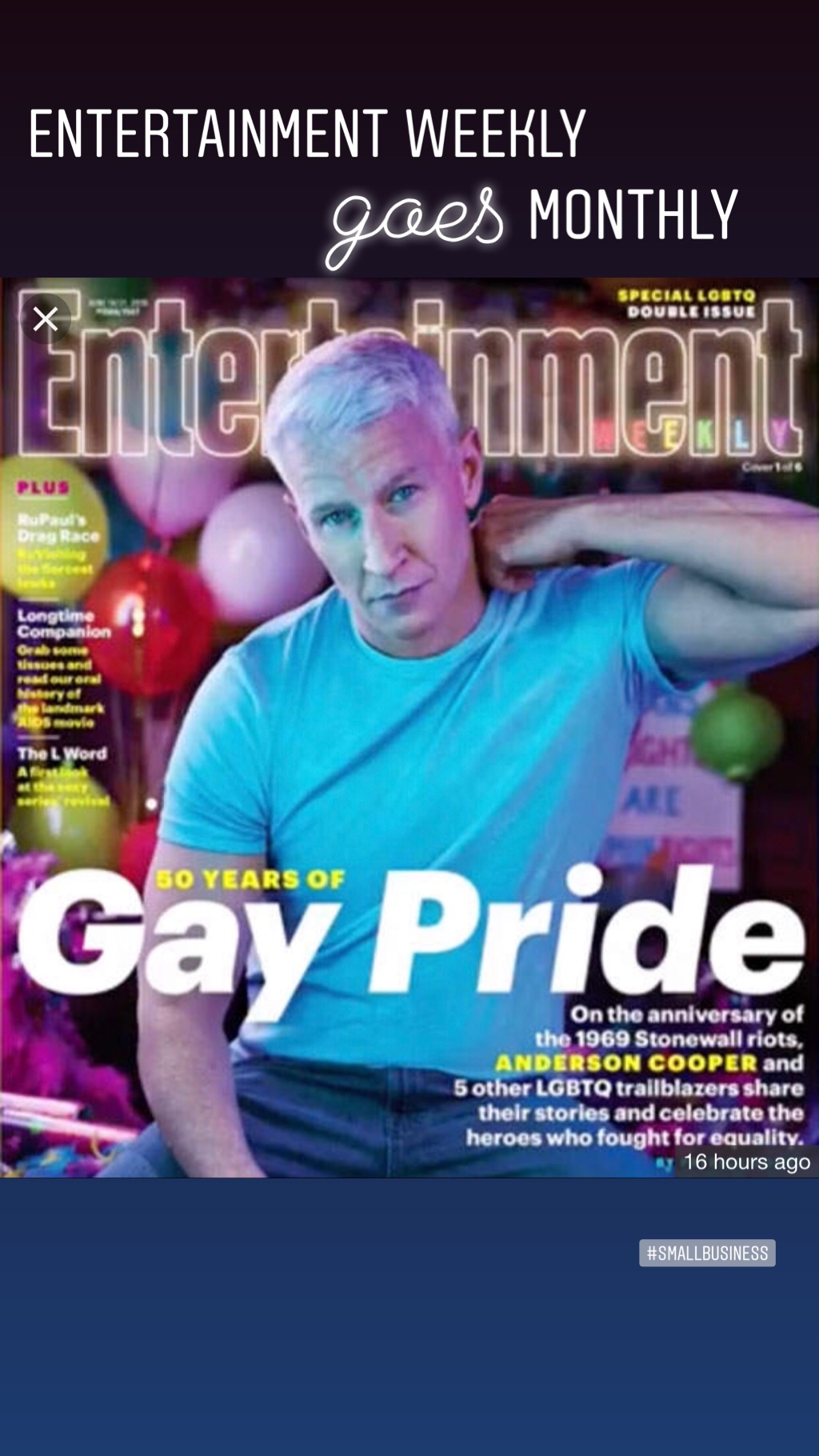The best part about Tin Shingle’s Media Contact Library is the ideas it gives you. It helps you learn about publications or personalities you did not know about. Thanks to our “Areas of Interest” tagging tool, It also helps you consider a media outlet you may have known about, but did not consider as you’re trying to think of where to get the word out. When you search by Areas of Interest, you’ll discover all kinds of people who specialize in things that may pertain to you.
Highlights From Tin Shingle’s Media Contact Library
Here are a few people we recently updated in Tin Shingle’s Media Contact Library. We either added an updated Instagram account for them, or a new factoid that we thought you should know.
Fashion Bloggers
GIRL WITH CURVES
Tanesha Awasthi, Founder
Tanesha Awasthi is the creator of Girl With Curves. But did you know that she is also a Licensed Esthetician? Founded in 2011, GIRL WITH CURVES is an award-winning blog made possible by people who believe women deserve to look and feel beautiful, regardless of weight, shape or size. Their mission is to empower confidence through fashion. They believe that the foundation of a great outfit is confidence, and there’s nothing more beautiful than a woman who believes she is.
Areas Of Interest: Fashion, Beauty, Makeup, Style, Beauty, Plus Size, Weight, Confidence, Shapewear, Self-esteem, Body Image, Motherhood, Parenting, Denim, Lipstick
CUPCAKES AND CASHMERE
Emily Schuman
Emily Schuman is CEO, Blogger, Author, Designer and Founder of Cupcakes and Cashmere. She covers Fashion, Beauty and Grooming, Dining and Cooking and Home Decorating. She is based in Los Angeles.
Areas Of Interest: Beauty & Grooming, Home, Do-It-Yourself (DIY), Fashion, Epicurean, Kitchen, Reviews, Book Reviews, Food, Health and Wellness, Hair
WE WORE WHAT
Danielle Bernstein
Danielle Bernstein is the founder and face behind world-renowned fashion blog We Wore What (over 2 million followers). A native New Yorker, Bernstein started her career 10 years ago – leading the influencer industry into what it is today. She was placed on Forbes 30 Under 30 list before the age of 25 and since then has started and invested in many new business ventures including her own line of swim and overalls.
Areas Of Interest: Fashion, Lifestyle, Travel, Luxury Travel, Luxury Goods, Wellness, Health and Wellness, Social Media, Influencers, Interior Design, Design
Startup Culture
NEW YORKER
Anna Wiener
Anna Wiener is a writer about tech startup culture based on her experience working as a customer service employee in Silicon Valley. Her work has been published in the New Yorker (print and online), The Atlantic, New Republic (online), Harper's, New York Times Magazine, Wired, Racked, and The Paris Review. Only pitch her if it is really, really on the mark.
Areas Of Interest: Digital Technology, Tech, Startup Culture, Silicon Valley, VC Culture, Venture Capital
Personal Finance
KIPLINGER’S PERSONAL FINANCE MAGAZINE
Janet Bodnar
Janet Bodnar is editor-at-large of Kiplinger's Personal Finance, a position she assumed after retiring as editor of the magazine after eight years at the helm. While editor, Bodnar was honored by Folio as one of its Top Women in Media. She is a nationally recognized expert on the subjects of women and money, children's and family finances, and financial literacy. She is the author of two books, Money Smart Women and Raising Money Smart Kids. As editor-at-large, she writes two popular columns for Kiplinger, "Money Smart Women" and "Living in Retirement." Bodnar is a graduate of St. Bonaventure University and is a member of its Board of Trustees. She received her master's degree from Columbia University, where she was also a Knight-Bagehot Fellow in Business and Economics Journalism.
Areas Of Interest: Women and Money, Family Finances, Retirement, Retirement Finances, Finance, Personal Finance, Financial Planning, Money
KIPLINGER’S PERSONAL FINANCE MAGAZINE
Patricia Mertz Esswein
Patricia reports and writes about residential real estate, including market trends, buying and selling a home, mortgage borrowing and refinancing, reverse mortgages, homeowners insurance, home maintenance and improvement, water and energy conservation, renewable energy, downsizing and decluttering. Contribute to team-written feature stories.
Areas Of Interest: Real Estate, Residential Real Estate, Mortgages, Refinancing, Insurance, Homeowners Insurance, Home Improvement, Conservation, Renewable Energy, Downsizing, Declutting
To access the contact suggestions of these and more, activate a Media Membership with Tin Shingle today, and start getting new ideas for how to get the word out!
























